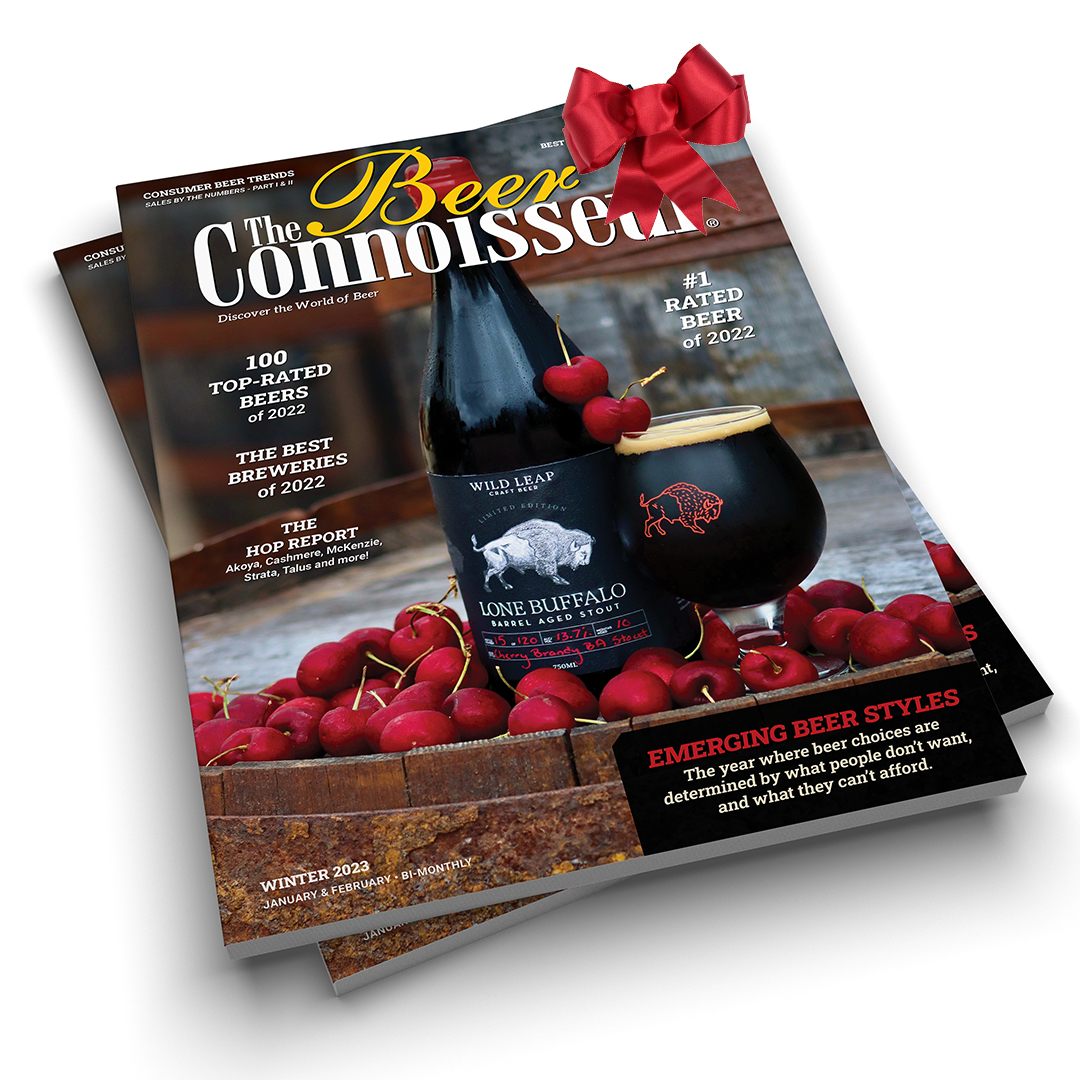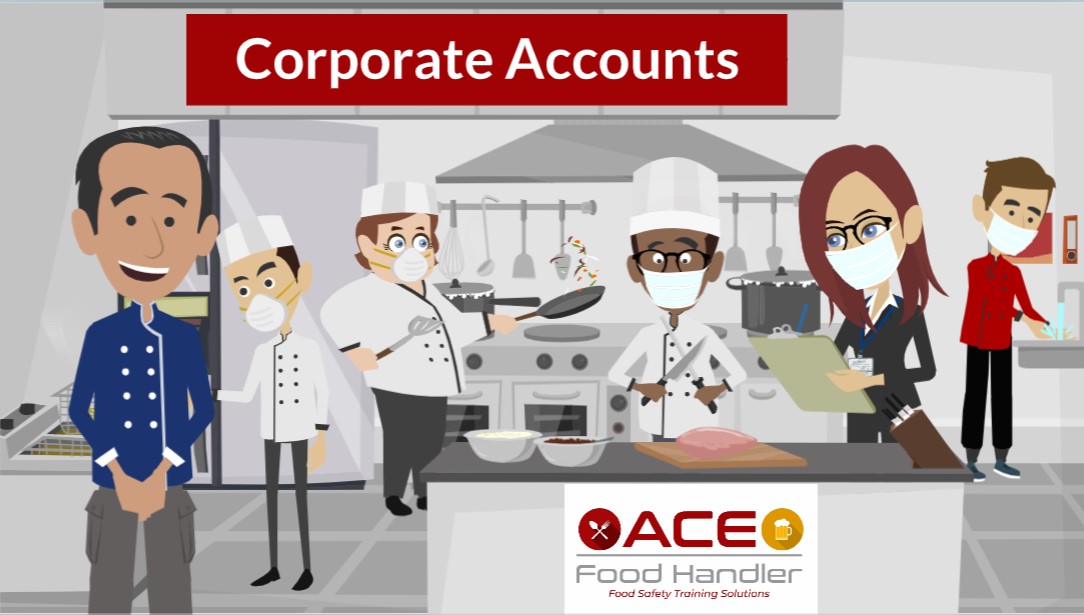Keeping Foods Out of the Danger Zone: A Guide for California Food Handlers
Food safety is a paramount concern for food handlers in California. One of the critical aspects of food safety is maintaining proper food temperatures to prevent the growth of harmful bacteria. The “Danger Zone,” as identified by food safety authorities, is the temperature range in which bacteria can grow rapidly, leading to potential foodborne illnesses. This article will explore how California food handlers can effectively keep foods out of the danger zone, with guidance from ACE Food Handler, the FDA, and the USDA.
Understanding the Danger Zone
The Danger Zone is defined as the temperature range between 40°F and 140°F (4°C and 60°C). In this range, bacteria such as Staphylococcus aureus, Salmonella Enteritidis, Escherichia coli O157:H7, and Campylobacter can double in number in as little as 20 minutes123. To ensure food safety, it’s crucial that food handlers keep perishable foods out of this temperature range.
Strategies for Controlling Temperature
- Cold Holding: Refrigeration is key to keeping cold foods at or below 40°F. Food handlers should regularly monitor refrigerator temperatures and ensure that foods are stored correctly to maintain their safety2.
- Hot Holding: Hot foods should be kept at or above 140°F. Utilizing equipment such as chafing dishes, steam tables, and warming trays can help maintain safe temperatures for hot foods2.
- Cooking and Reheating: Cooking foods to the right temperature is essential. For example, poultry should be cooked to a minimum internal temperature of 165°F. When reheating foods, they should be heated to the same temperature to ensure any bacteria are killed2.
- Rapid Cooling: After cooking, foods should be cooled quickly to prevent them from staying in the danger zone for too long. Shallow containers can help cool foods more rapidly2.
- Time as a Control: If temperature control is not possible, such as during transport or at outdoor events, time can be used as a control. Foods should not be left out for more than two hours, or one hour if the temperature is above 90°F24.
ACE Food Handler’s Role
ACE Food Handler provides training and resources to help food handlers understand and apply these safety measures. Their courses cover the importance of temperature control, proper food storage, and the use of thermometers to ensure foods are kept out of the danger zone15.
Conclusion
By adhering to the guidelines provided by ACE Food Handler, the FDA, and the USDA, California food handlers can play a crucial role in preventing foodborne illnesses. Understanding and maintaining proper food temperatures is a responsibility that all food handlers must take seriously to ensure the health and safety of consumers.
For more detailed information and training, food handlers are encouraged to visit ACE Food Handler’s website and review the resources provided by the FDA and USDA on food safety practices123.
Food safety is a paramount concern for food handlers in California. One of the critical aspects of food safety is maintaining proper food temperatures to prevent the growth of harmful bacteria. The “Danger Zone,” as identified by food safety authorities, is the temperature range in which bacteria can grow rapidly, leading to potential foodborne illnesses. This article will explore how California food handlers can effectively keep foods out of the danger zone, with guidance from ACE Food Handler, the FDA, and the USDA.
Understanding the Danger Zone
The Danger Zone is defined as the temperature range between 40°F and 140°F (4°C and 60°C). In this range, bacteria such as Staphylococcus aureus, Salmonella Enteritidis, Escherichia coli O157:H7, and Campylobacter can double in number in as little as 20 minutes123. To ensure food safety, it’s crucial that food handlers keep perishable foods out of this temperature range.
Strategies for Controlling Temperature
- Cold Holding: Refrigeration is key to keeping cold foods at or below 40°F. Food handlers should regularly monitor refrigerator temperatures and ensure that foods are stored correctly to maintain their safety2.
- Hot Holding: Hot foods should be kept at or above 140°F. Utilizing equipment such as chafing dishes, steam tables, and warming trays can help maintain safe temperatures for hot foods2.
- Cooking and Reheating: Cooking foods to the right temperature is essential. For example, poultry should be cooked to a minimum internal temperature of 165°F. When reheating foods, they should be heated to the same temperature to ensure any bacteria are killed2.
- Rapid Cooling: After cooking, foods should be cooled quickly to prevent them from staying in the danger zone for too long. Shallow containers can help cool foods more rapidly2.
- Time as a Control: If temperature control is not possible, such as during transport or at outdoor events, time can be used as a control. Foods should not be left out for more than two hours, or one hour if the temperature is above 90°F24.
ACE Food Handler’s Role
ACE Food Handler provides training and resources to help food handlers understand and apply these safety measures. Their courses cover the importance of temperature control, proper food storage, and the use of thermometers to ensure foods are kept out of the danger zone15.
Conclusion
By adhering to the guidelines provided by ACE Food Handler, the FDA, and the USDA, California food handlers can play a crucial role in preventing foodborne illnesses. Understanding and maintaining proper food temperatures is a responsibility that all food handlers must take seriously to ensure the health and safety of consumers.
For more detailed information and training, food handlers are encouraged to visit ACE Food Handler’s website and review the resources provided by the FDA and USDA on food safety practices123.




